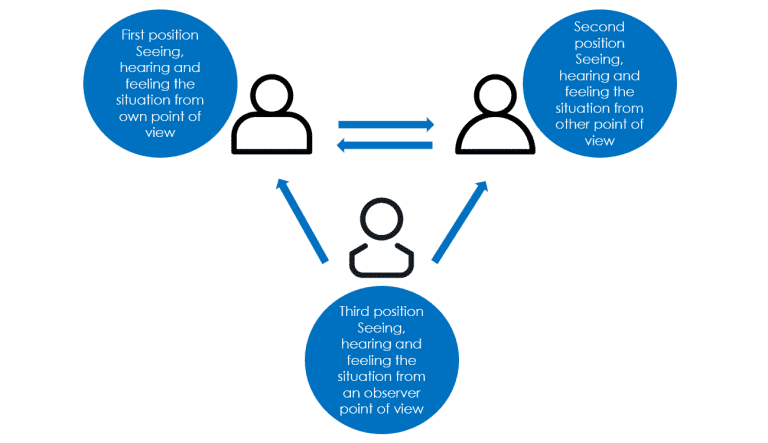Wendy Stapper
Read all my blogsBeing a consultant in global SAP hybris transformation projects I communicate and collaborate with many different people with diverse backgrounds, skills, experiences and from very different cultures. Most of the people are easy to work with, but there is often someone more difficult to work with.
Someone, at least from my point of view, who doesn’t co-operate to reach the common goals, who is often late, or who doesn’t reply to emails, someone who does not seem to listen and overrules others, or who does not contribute but has a lot of criticism, or someone who delays or never agrees. Especially now, with the Coronavirus (COVID-19) when most of us work from home and communicate via phone, chat or video-conference instead of face-to-face, some conversations become even more challenging. Do you recognise this? Do you have the feeling that something must change in some conversations? Keep reading!
I recently followed a NLP training. NLP stands for Neuro Linguistic Programming and has a lot of different definitions and use cases. For me it is an approach, that offers a toolkit of techniques for communication. In the training we discussed and tried several practical techniques and one of them I found extremely helpful: Perceptual Positions.
This technique gives three possible ‘perceptual positions’ from where someone can observe the situation and interaction with him- or herself and with others. If you look at, or listing to, or experience a situation from different positions you learn things you did not realise before.

How does it work?
The Perceptual positions consists of three basis positions:
- The first position is where we are associated, and we see things from our own point of view (Me)
- The second position is where we dissociate from ourselves and imagine we are in someone else’s body. We see things from their point of view (Other)
- The third position is where we are an independent observer and can watch the interaction between positions 1 and 2. We see things from an outside point of view (Observer)
To try this technique, go to a quiet room, close the door and think about a recent situation where you had a difficult conversation with someone and that made you for example angry, frustrated, sad, or stressed.
Start with the first position, maybe close your eyes, and ask yourself the following questions:
- What do I see around me?
- What am I doing?
- What do I see the other doing?
- What do I say?
- What does the other say?
- What do I think, what do I say to myself, about what am I convinced?
- How do I feel?
- How do I react?
Now take a big step and move to the second position. If you like, close your eyes again and then image you are in the other person’s body. You see the situation from his or her point of view.
- Now describe the situation from the position from the other person.
- What does he or she say, feel or experience?
- What are his or her beliefs?
- How does he or she react?
Again, take a big step and move to the third position. If you like close your eyes and see and describe the situation from this observer position. Ask the following questions:
- How do I see these two people?
- If I look at the situation what stands out?
- What is intention of the first person? And of the other?
- What does the first person want to achieve? And the other?
- How could they together find a solution?
Now return to your original position and think again about the situation. What do you see, hear and feel now? Most likely, it will differ from your first observations, you realise things that you did not realise before, and you see new options and new choices. If not, don’t worry. Repeat the exercise at a later stage with a different situation and go through the steps again. As in all exercises, it takes some time and effort.
Several other powerful NLP techniques can help us as consultants in delivering successful projects and making the companies we do these projects for more successful. And these techniques do not only help at work, but also in our private life. If you like to know more contact me at www.acorel.nl/contact/
I hope you enjoyed reading about this technique. Stay healthy!





